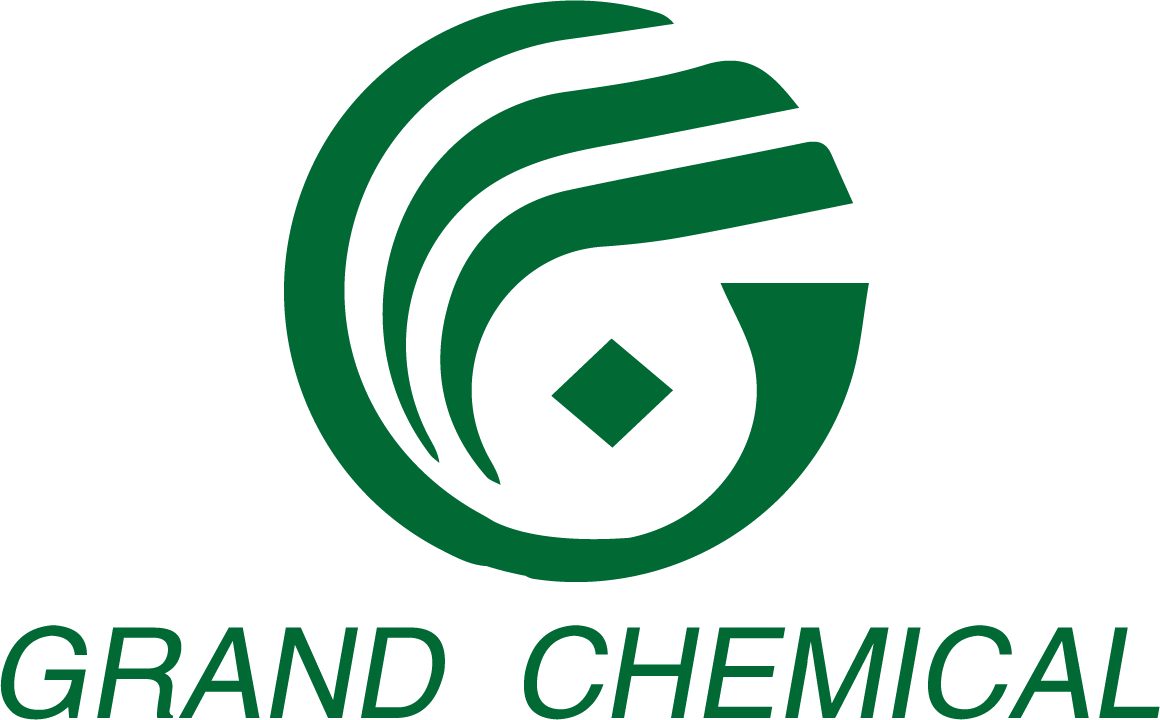OBA can be used in food contact materials under restrictive regulations in actual processing.

In China, the national food safety standard for food contact materials GB9685-2016 lists OBA that can be used in food packaging materials, mainly OBA 393, OBA 184, etc. Other types of OBA are not allowed to be used in the production of food containers and packaging materials. GB4806.8-2016 stipulates that except for paper and paperboard materials and products that need to be peeled, shelled, or washed before eating, cooking, or processing, there are restrictive requirements for fluorescent substances in food contact paper and paperboard materials and products. It is stipulated that OBAs shall be tested according to the standard test method of GB 31604.47-2016.
In the United States Federal Regulations (CFR), OBAs can be used as indirect food additives. And the primary types are OBA 393 and OBA 184. Additionally, certain OBAs are permitted for use in food packaging containers and uncoated paper and paperboard, with specific restrictions on maximum addition amounts. Details can refer to
https://www.ecfr.gov/current/title-21/chapter-I/subchapter-B/part-178#page-top
In some European countries, limited amounts of OBA are allowed in materials in contact with fats and liquid foods. European Council Resolution Res AP (2002)1 permits the use of OBA, but their migration should not be detected. German Federal Institute for Risk Assessment (BfR)XXXVI permits the use of colorants and OBAs in food contact paper and paperboard. But it stipulates that neither of them should migrate into food. There are also certain restrictions on the maximum amount of sulfonated stilbene derivatives.
There are no specific requirements in countries such as Japan, Australia, and New Zealand.
If you would like to know more about the OBAs in food contact materials, please feel free to contact us for more details.

